
With the release of Google's Penguin update a few years ago, webmasters need to consider their approach to creating backlink anchor texts.
So, how can you make sure that your anchor text is getting along with your website's SEO?
Well, in this article, I'm going to take you through six different ways to create SEO-friendly anchor texts for backlinks so you can turn an unlikely pairing into a dynamic duo!
How Does Google Look at Anchor Text?
Google's Penguin update changed the landscape of backlinking. This update searches for and penalizes what it deems as spammy links.
Google uses many different factors to evaluate whether a backlink is spammy or not. Along with things such as relevancy and positioning, it also looks at the anchor text used.
Basically, Google wants to make sure that the backlinks to your website are natural, and that people are linking there because they value your website's content—not because you paid them to do so.
Microsite Masters conducted a study of websites that were affected soon after the release of Google's Penguin update. Their findings showed that every single website in the study which had been penalized was using exact keyword match anchor text 60% or more of the time.
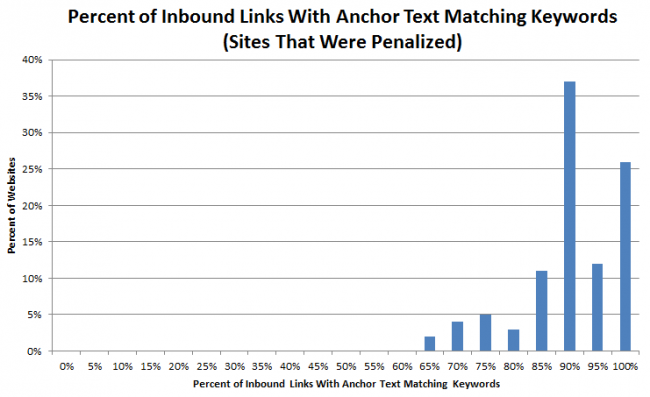
So what does this mean for you?
Let's imagine that you have a page that's optimized for the keyword "SEO tools."
Backlinks that come in naturally from other websites will not have those exact keywords as their anchor text. While those words might be included, or other LSI keywords, truly natural links wouldn't be an exact match to your target keywords 100% of the time.
To summarize: Google will start to penalize your website when it starts to see the majority of the backlinks anchor text pointing to your website is an exact match to the keywords you optimized for.
Why?
Because this is impossible to do naturally, and thus Google views those backlinks as spammy.
Types of Anchor Text
Exact Keyword Match
Each of your pages and posts is optimized for certain keywords. So if your target keyword is "vacations in Portugal," exact keyword match anchor text would be "vacations in Portugal."
While the occasional exact match anchor text can do wonders for your ranking, it also has the potential to land your website in the penalty danger zone.
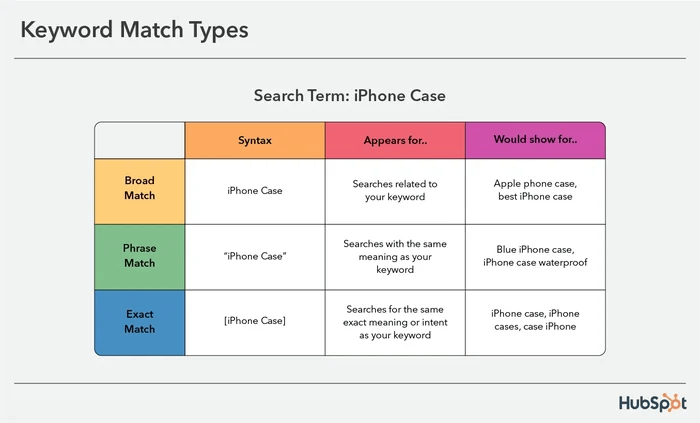
Image source: HubSpot
Partial Keyword Match
Instead of using the exact same keywords that you're optimizing for, a partial keyword match anchor text means using a slight variation of those words.
This appears much more natural than an exact match.
Using the example above, a partial keyword match might be "best Portugal vacations," "guide to vacations in Portugal," "this post about Portugal vacations," etc.
This is a much safer way to include the keywords you want in your anchor text.
Branded
Using a brand name is generally good practice in anchor text. This means using any combination of the company name as the anchor text for the backlink.
For example, branded anchor text for us would be "SEOptimer."

You could even use a partial match for branded keywords, including other words like "this post on SEOptimer" or "learn more about SEOptimer."
Naked Links
Naked links don't actually include any words at all. A naked link is just taking the actual URL and using that as the anchor text, for example: https://seoptimer.com/.
Generic
We see examples of generic anchor text in backlinks all over the internet. Basically, this means avoiding any keywords by using call-to-action words like "click here," "find out more," or "go here."
While this is safe anchor text, it will not do anything to help improve your SEO.
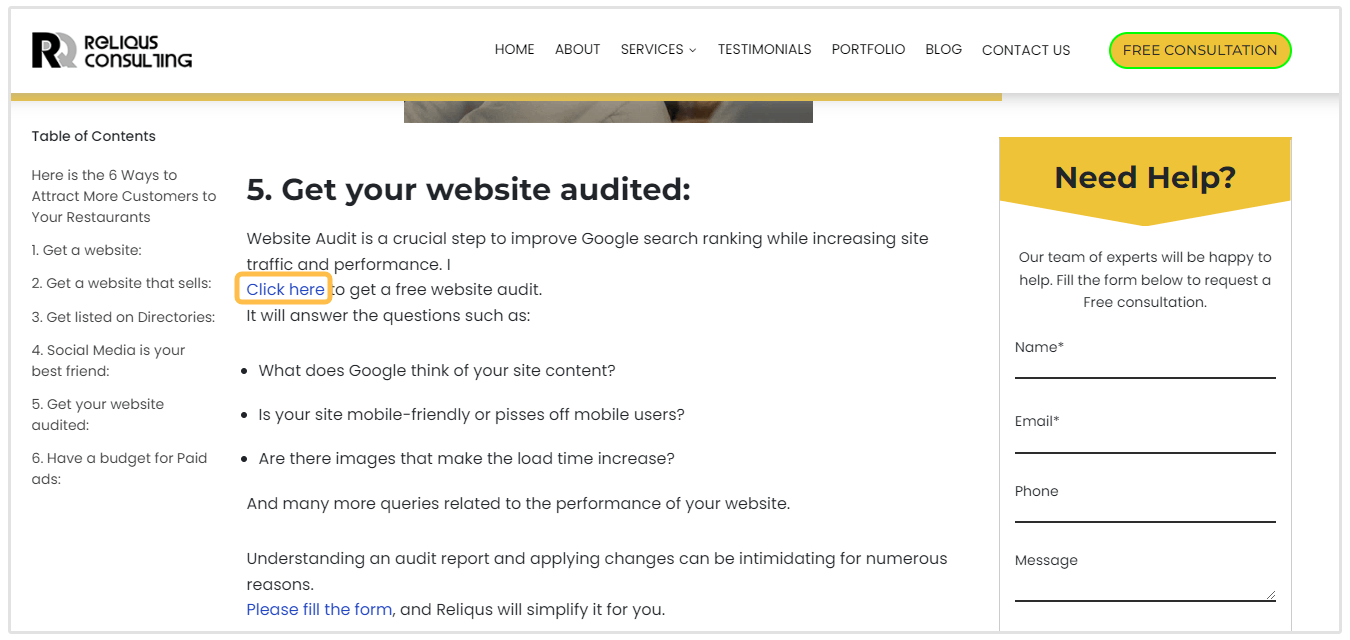
Image Alt Text
When you put a link with a picture, what does Google count as the anchor text?
It will use the alt text that you include for the picture.
1. Make Sure Your Backlink Anchor Text is Diverse
We said above that using only an exact keyword match as anchor text is basically asking for a Google penalty.
But, does that mean that there's one type of anchor text you should be using 100% of the time?
No, absolutely not.
In fact, the best practice to create a truly natural backlink profile is to use all of these different types of anchor text, depending on the situation.
Diversity in backlinks looks much more natural, and helps your website to avoid getting a penalty.
2. Use Exact Keyword Matches Only as a Last Resort
Exact match anchor text can be dangerous. However, it also has the power to truly boost your website's rankings.
You just need to know when to use it.
For example, if you're invited to do a guest post and are allowed to place a backlink within the content, this is a great place for an exact match.
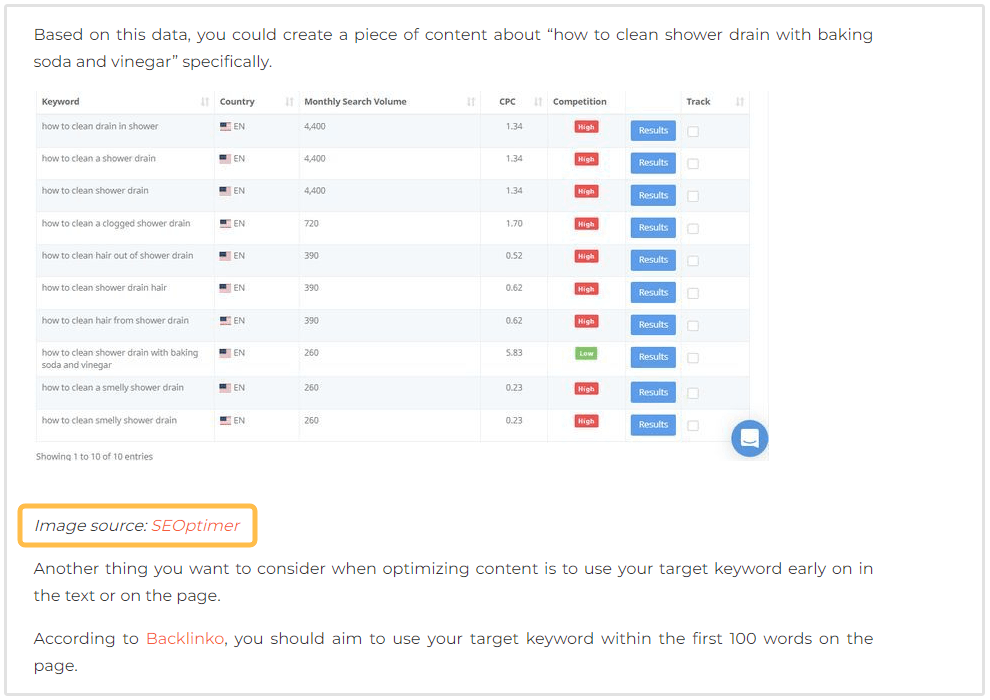
Just keep in mind that exact match anchor text should make up the smallest percentage of the backlink anchor text you use. This will make the places where you do use it even more powerful, while keeping you penalty-safe.
3. Consistently Check Your Backlink Profile
Whenever you generate new backlinks, it's very important to see how they're affecting your website.
To do this, you need a tool that monitors your entire backlink profile, showing you which links are working and which are hurting you, along with the anchor text that each one is using.
SEOptimer allows you to see all the details of your backlink profile in real time.
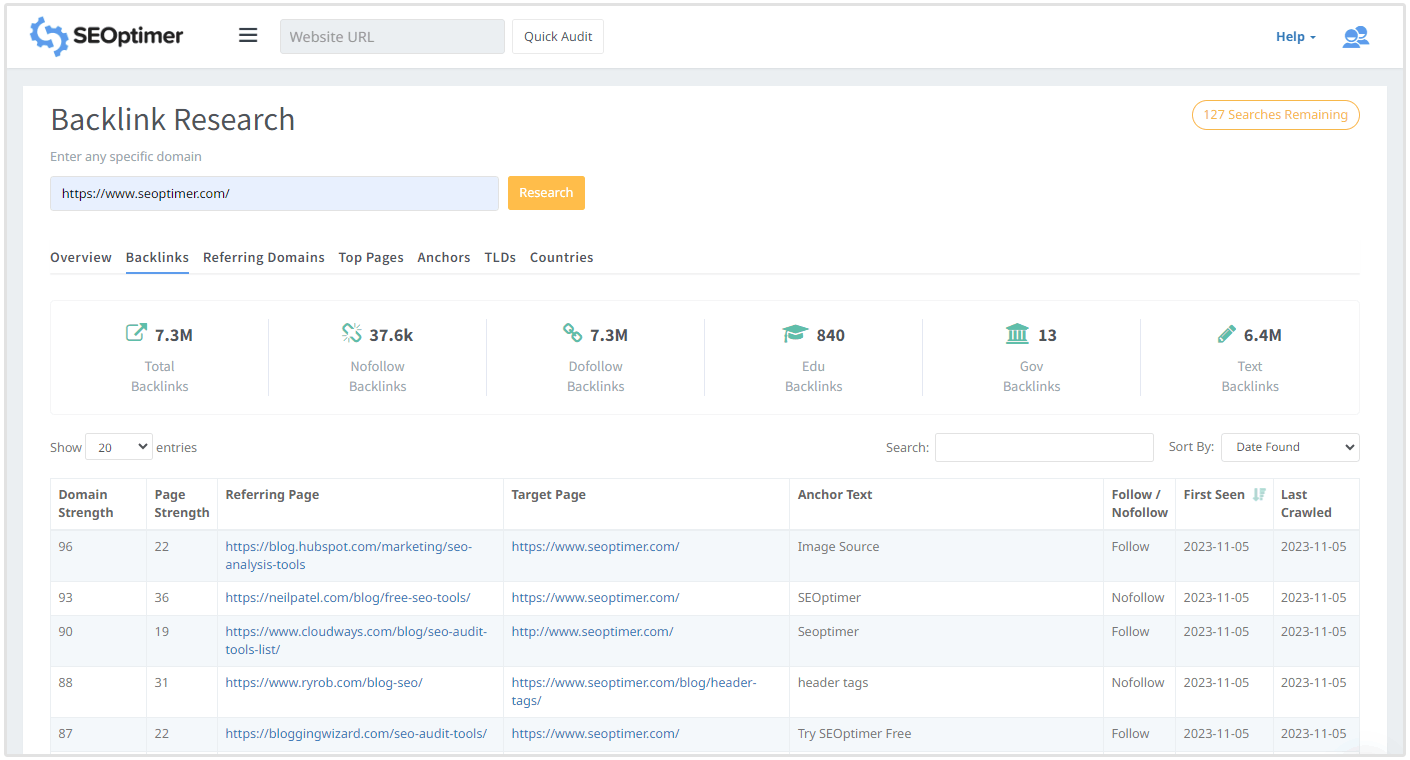
This makes it easy for you to stay on top of all your links and catch any potential problems straight away. You'll be able to check the exact anchor text used in each backlink, and determine how this affects your ranking.
Check out the Backlink Research tool to get a deeper look at your backlinks right now—you might be surprised by some of the links pointing back to your site!
4. Avoid Exact Match Keywords in Guest Post Bios and Blog Comments
We mentioned above that exact match anchor text in the content of a guest post would be helpful to SEO.
However, you'll need to be very careful when placing backlinks in guest post biographies or in blog comments.
Since Google will scrutinize these types of backlinks more carefully, it's best to avoid exact match anchor text here.
5. Be careful of the Anchor Text Used for Internal Links
When asked whether exact match anchor text was dangerous within internal links to your own website, Matt Cutts answered in a webmaster's video that usually this wouldn't be a problem.
However, there's a strong warning here not to overdo it.
Just as Google searches for spammy inbound links from other websites, it will also penalize what it considers spammy internal linking.
So, try to use diverse anchor text within your website as well.
6. Relevancy is Just as Important as Backlinks Anchor Text
If you're trying to improve your rank solely by adjusting the anchor text in your backlinks, this will not work.
In order to really make your backlinks SEO-friendly, you'll need to consider all the factors involved.
In fact, relevancy between the two pages may even be more important than the anchor text used.
Remember: If your website has backlinks from spammy websites or websites that are completely unrelated in topic, this will hurt your rank no matter what anchor text was used.
By maintaining a complete view of backlink safety, you'll rank better.
Staying on Top of Your Anchor Text
Keeping an eye on the anchor text in your backlinks is an essential part of maintaining good SEO on your site and avoiding a penalty from Google.
With a tool like SEOptimer, you can do that without a second thought.
You'll have your whole link profile at your fingertips and can immediately pinpoint problem anchor text before it results in a penalty.










